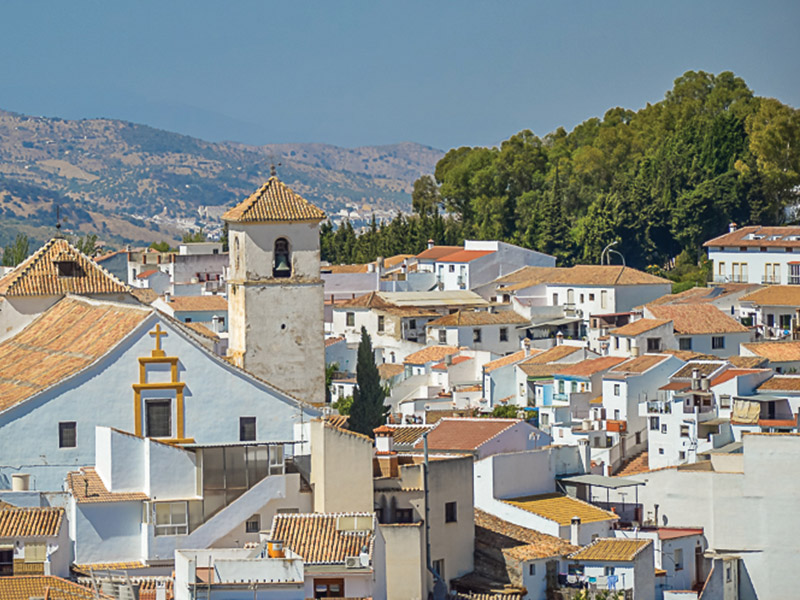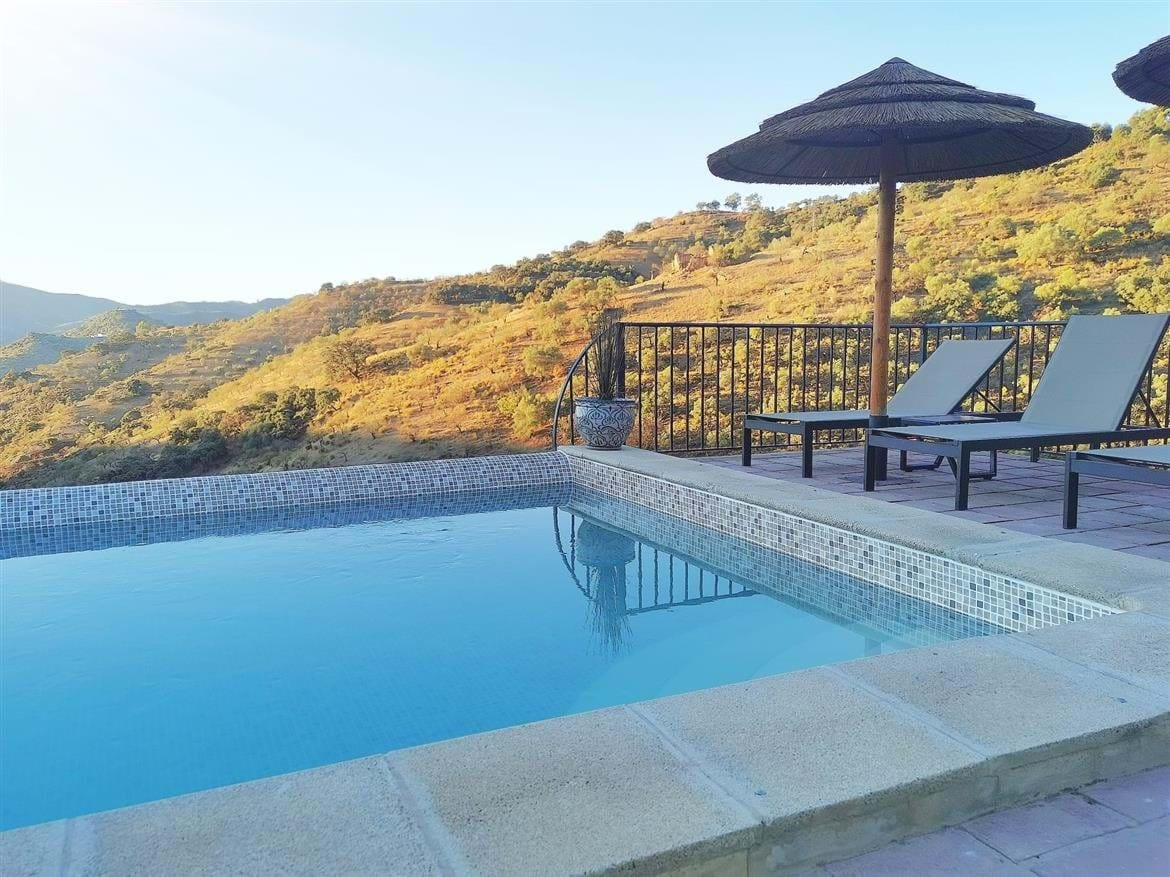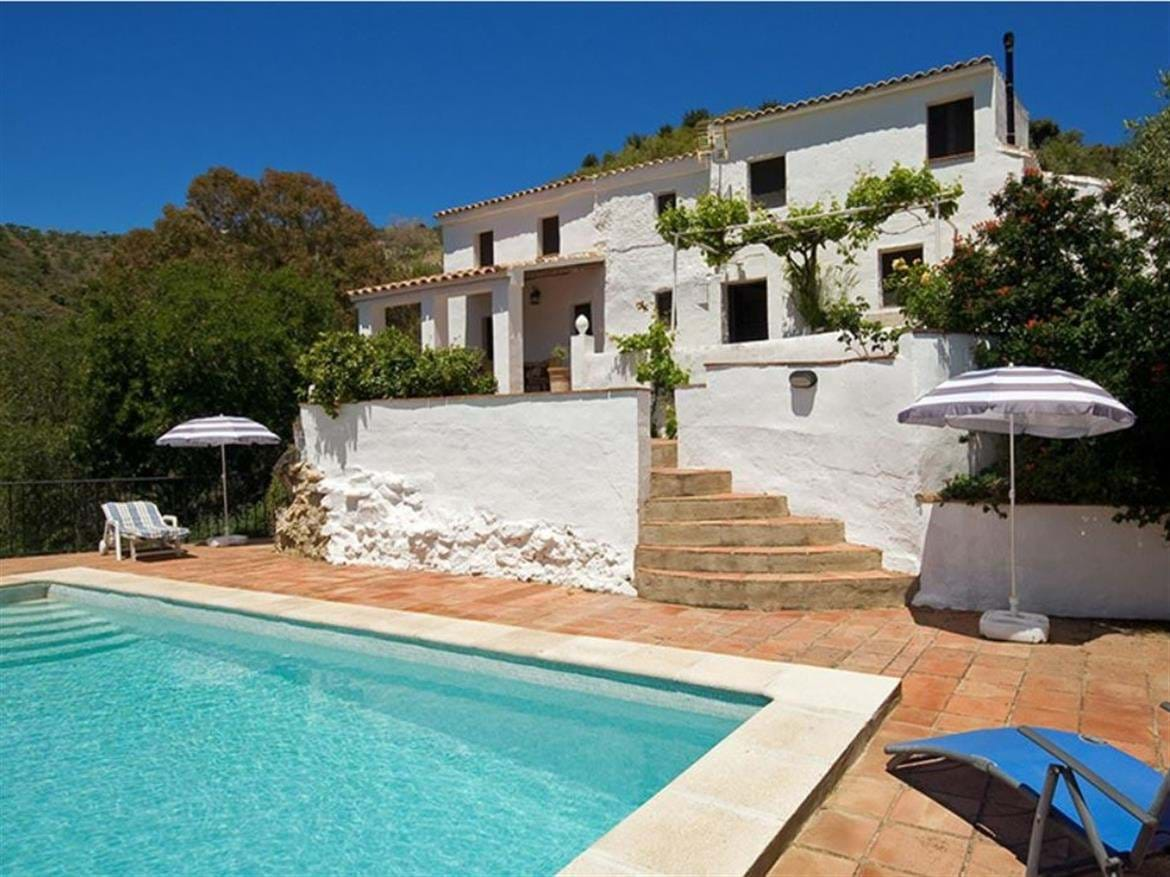Colmenar
Colmenar
 |
General information.The local village of Colmenar is only 6km (10 min. drive) from Casa Carrasco. Colmenar is a quiet village on the edge of the mountains of the Montes de Màlaga Natural Park. The pine forest is traversed by hiking trails that lead to waterfalls and viewpoints. The sleepy streets line ancient monasteries, churches and a good range of traditional eateries serving typical Andalusian meat dishes. Small craft shops sell local honey, wine and olive oil. With a population of just over 3000 it is largely untouched by the commercial tourism of the coast and continues a traditional rural way of life where mules are still a common form of transport and the olive, almond and grape harvests are an important part of the social calendar. |
Every year Colmenar hosts a number of fiestas whether that be the spring festival in honour of the Virgin de la Candelaria, Semana Santa, the mid-summer feria or the autumn festival to celebrate the grape harvest.
The nearby villages and towns of Riogordo, Comares, Casabermeja and Alfarnate all have their own fiestas making Casa Carrasco an ideal base from which to enjoy typical rural Andalucian life.
History.
In Colmenar's history, two stages must be highlighted which could have been important and that precede its origin. The first, the Roman, with no great testimonies, but the importance of the discoveries found in the environment near Cortijo de Auta (Riogordo), suggests that within the municipality of Colmenar there may have been a town or settlement. From this time are the Roman ceramics and coins found in Cortijo de los Moriscos and on the hill of the roadhouse located on the county road 345, one kilometer from the town of Colmenar. The second is the Arab period, which left the layout of its streets in the old town, the slate mold for casting Muslim medals in Cortijo de las Guájaras, ceramics and remains in the Cave of the Bracelet. Also in very close lands was the Bobastro Castle, the origin of the 9th century Muladi revolts.
Despite these two previous times, Colmenar was founded in 1487. Its origin was formed by several farmhouses, these were the Cortijo de Barrancos, Cortijo de Peñones, Cortijo de Jaral, Cortijo de Ramos and Cortijo de Colmenar, from which it takes its name alluding to its abundance in hives. These farmhouses belonged to Hamet El Zuque, Moorish mayor of Comares.
By this time, Colmenar was inhabited by Muslims who, after their conquest by Christian troops, continued living in the area as Mudejars. In the time of Felipe II, Colmenar was sold to Gabriel de Coalla and thus be able to defray the expenses of a military expedition.
Colmenar achieved independence in 1777 and in 1814 managed to become head of the judicial party of a part of the towns of La Axarquía, these were Alfarnate, Alfarnatejo, Almachar, El Borge, Comares, Cútar, Periana and Riogordo, as well as the town of Casabermeja, from Comarca de Antequera. It also came to be considered as the capital of the Montes de Malaga.






